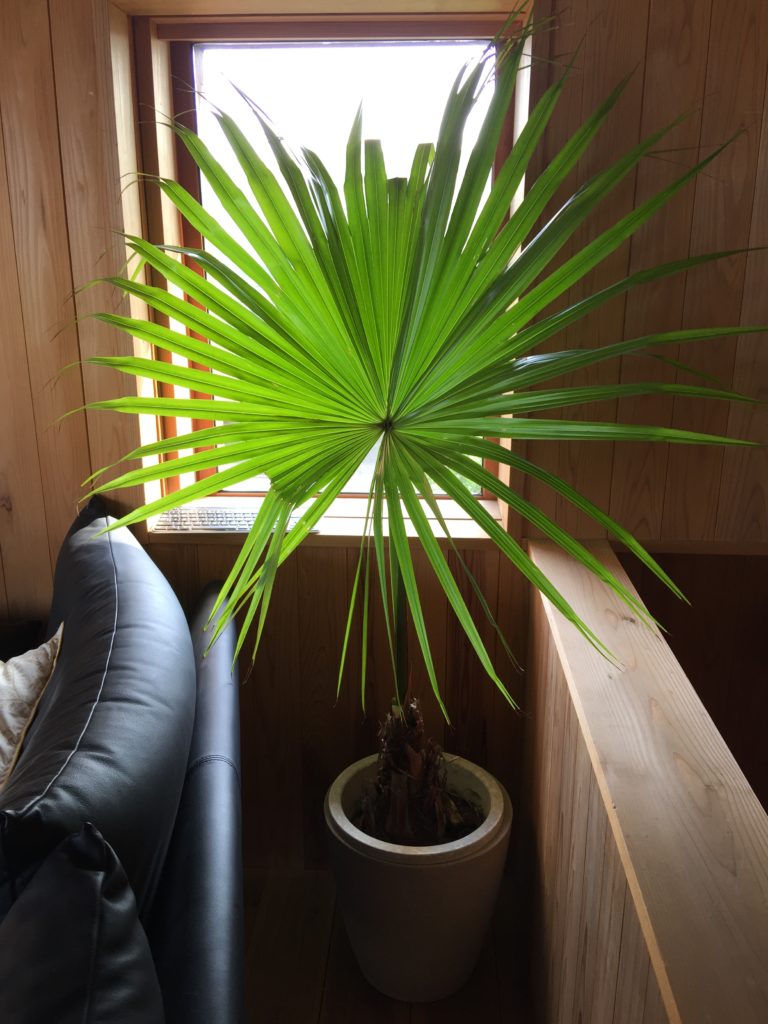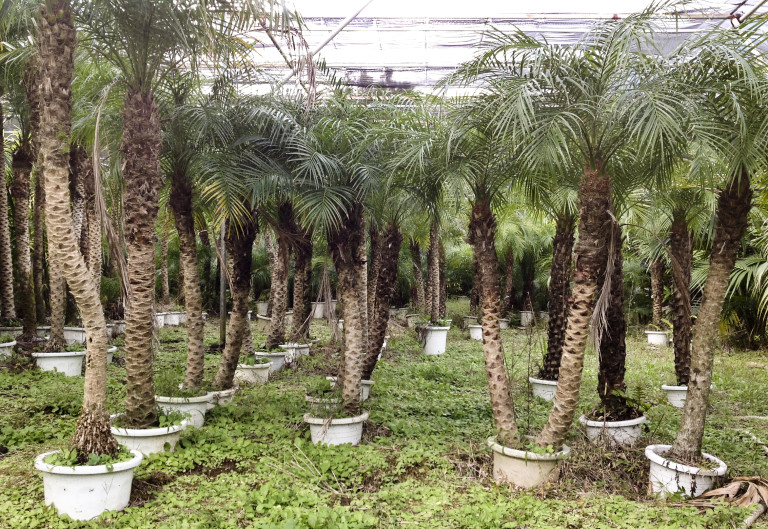ステキーなカンノン竹!
それだけ。。。ステキと思わない? Looking good, don’t you think?




それだけ。。。ステキと思わない? Looking good, don’t you think?




Livistona thrive in the living room.

Livistona decora is native to Australia’s tropical east coast. It grows on moist river banks and sandy coastal areas of central Queensland. A tall, solitary fan palm with leaves that have very pendulous segments. The fan leaves are finely divided and very droopy

It’s been a great summer of growing, and these little palms are showing their health and beauty. 一つでもとても魅力的ですが2つ組み合わせるととても素敵です。

People really love the miniature date palm, Phoenix roebelenii. It is small and manageable enough to be inside. Plus it is cold-hardy enough to be outside in a Zone 9 area (like Tokyo). This picture shows a farming partner of ShimodaPalms.com. These Roebis are being sold as potted palms, but quite often, they are also raised…

This palm can reach 70m in height in its natural homeland of the Columbian Andes.

It’s not often you find Queen Palms in Tokyo. Generally, the temperatures are too low in the winter, and the humidity too high in the summer.